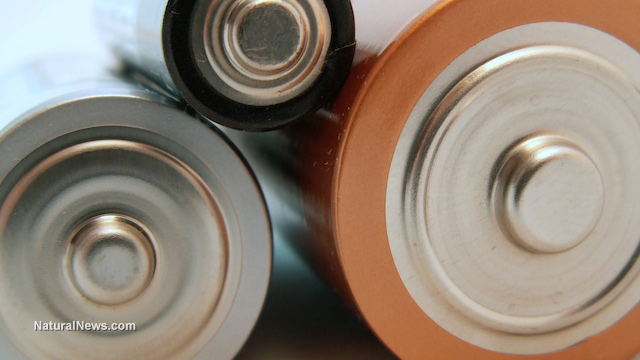While efficient and environment-friendly, fuel cell technology has been slow to take off. But a game-changing catalyst offers to turbocharge the fuel cell’s electrochemical process, according to an article on NewsWise.
The catalyst was developed by researchers at the Georgia Institute of Technology. It vastly accelerates the rate at which the cell processes oxygen to produce electrical power.
Oxygen processing is the primary bottleneck. It forces fuel cells to rely on expensive hydrogen, but the new catalyst could allow the use of other fuels.
“It can easily convert chemical fuel into electricity with high efficiency. It can let you use readily available fuels like methane or natural gas or just use hydrogen fuel much more efficiently,” reported Meilin Liu, a professor at Georgia Tech who led the study.
The catalyst does this by stampeding oxygen through a fuel cell. According to study author Yu Chen, catalyzed oxygen processing is eight times faster than current standards.
Chen and Liu’s team focused their efforts on improving solid oxide fuel cells. But their findings could also be applied to supercapacitors and solar panel technology, which is why their work has drawn the interest of the energy and automobile industries.
They published their findings in the journal Joule. (Related: Researchers are one step closer to creating solid oxide fuel cells.)
Nanotechnology catalyst speeds up oxygen processing, movement
A fuel cell produces energy by initiating a reaction between hydrogen fuel and oxygen from the air. An anode on one end strips electrons from hydrogen atoms and transfers them to the cathode on the opposite end, where they’re gobbled up by oxygen molecules. This electron transfer produces electricity.
Afterward, the positively-charged hydrogen combines with the negatively-charged oxygen. The result is water, the by-product of the process.
The problem is that oxygen takes a longer time to process than hydrogen. It also moves more sluggishly through the cell.
The new catalyst uses nanoparticles that spur the rate at which oxygen attracts electrons and hastens the movement of oxygen ions through the cell. Because the catalyzed oxygen is more reactive, it can react with other kinds of fuel, such as methane.
When oxygen reacts with methane, carbon dioxide is produced. The CO2 can be captured and recycled into fuel for future reuse.
Catalyst also protects against wear and tear
The nanoparticles use cobalt, barium, and a rare-earth metal called praseodymium. While praseodymium is expensive, it more than pays for its cost.
“Praseodymium is in such very small amounts that it doesn’t impact costs. And the catalyst saves lots of money on fuel and on other things,” promises Liu.
For one thing, current fuel cells operate at high temperatures to overcome electrical resistance. The requisite protective casing and cooling materials are very expensive.
According to the researchers, their catalyst lowers the electrical resistance of a fuel cell. A catalyzed cell could run at lower temperatures, which removes the need for the casing and cooling materials, saving costs.
Praseodymium also plays a role in protecting the cathode from wear and tear. Almost all fuel cell cathodes are comprised of a lanthanum, strontium, cobalt, and iron (LSCF) alloy.
“It’s very conductive, very good, but the problem is that strontium undergoes a diminishment called segregation in the material. One component of our catalyst, PBCC, acts as a coating and keeps the LSCF a lot more stable,” explained Liu.
A praseodymium, barium, calcium, and cobalt (PBCC) coating can easily be added to the LSCF cathode to extend its lifespan. Liu and Chen’s team are considering other options, such as an entirely new cathode design and a different catalyst to improve hydrogen processing at the anode end.
You can find similar articles about breakthroughs in technology at Inventions.News.
Sources include:
NewsWise.com
ScienceDirect.com




















